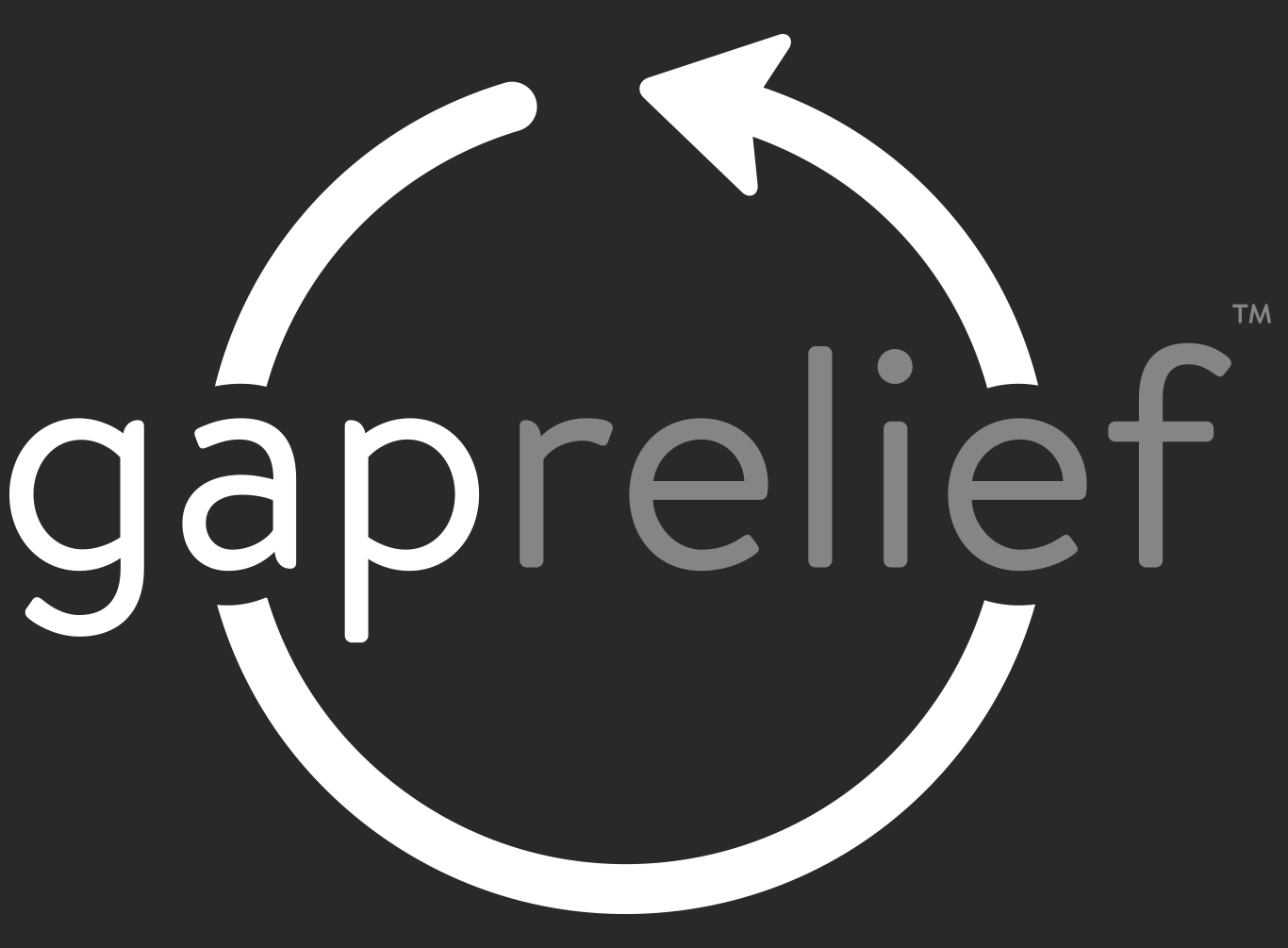Building Connection with Your Teenager
We all remember being teenagers, right? We felt so much cooler than our parents. We were sooo misunderstood. We thought we knew exactly what we were doing and made *the best* choices, right?
But now, many of us have or know a teenager and find ourselves baffled with how they think and behave EVEN WITH our past experiences of actually BEING a teenager.
It’s hard. It’s murky. We’re all doing the best we can.
Janie Crow is a teen-focused therapist at Gap Relief and sat down with us this week to share her best tips for building a connection with teenagers in order to lead them into spaces of teaching, encouragement, and direction.
The first tip she gives is simply to start with connection. She encourages parents and caregivers to enter into a teenager’s world in order to do this. Listen, learn, and lean into what THEY are interested in and experiencing.
This connection helps to earn their trust. We know from experience that teenagers don’t hand their trust out easily, so leaning into their world will help them to know that we see them how they desire to be seen. This lays the foundation for them to hand out a bit more of themselves, knowing they can trust their parent or caregiver with that information.
Naturally, this connection will lead to them sharing more of their emotions, and Janie invites grown-ups to be curious about those emotions without judgment. By listening without immediately fixing, we can more easily validate those feelings. Janie reminds us that even if we don’t understand their experience, we can still recognize that for a human with a still under-developed prefrontal cortex, the problem they are experiencing is a big deal for them and is invoking very real feelings. Recognizing and validating those feelings is huge in keeping the trust we’ve built.
It is only then that we can begin to share constructive feedback and teach teenagers better coping mechanisms, appropriate behavior, and solid choices to help them grow.
Have questions for Janie? She’d love to answer them!

